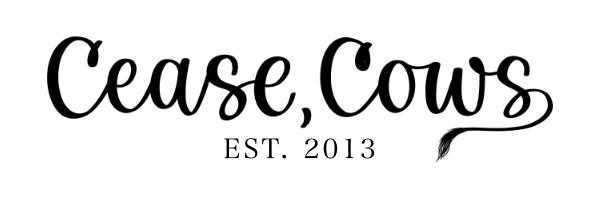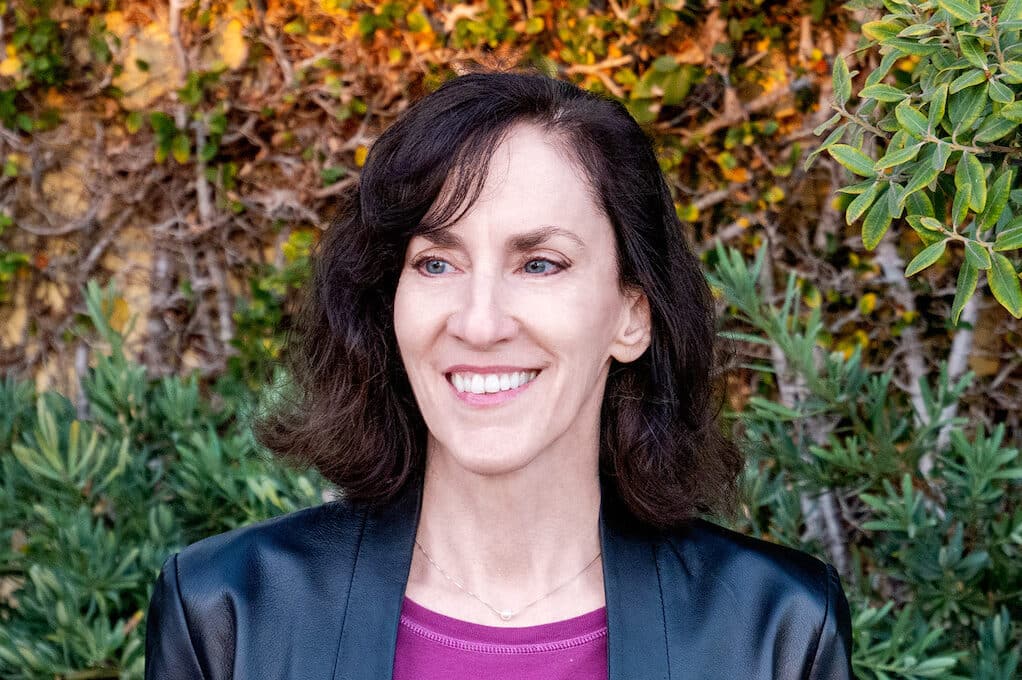Bram Stoker Award-winning author Gwendolyn Kiste writes that Jan Stinchcomb’s novel Verushka is “something truly special…a devastating tale of the bonds between mother and child as well as the all-too-real terrors of growing up. An astounding book and one that you’ll want to read immediately.” What more can we say? Readers looking for an exciting new work that inhabits the shadowy borders between fairy tale and horror will enjoy their foray into Stinchcomb’s carefully constructed world.
Purchase your copy here.

Stinchcomb shared her thoughts about Verushka and the writing life with Cease, Cows.
Chuck Augello: Describe your new book Verushka. What should readers expect when they begin reading?
Jan Stinchcomb: Verushka is a multi-POV novel that combines fairy tale and horror while telling the story of a family curse. I love your second question. The reader should expect to feel like they’re at a family party where no one person can tell the whole story. It might be uncomfortable at times, but you should keep going from person to person until you’re satisfied you have heard everything.
CA: Tell us about your main character, Devon Woodward. What made you want to tell her story?
JS: Devon is a child targeted by a dark force. I’ve always been interested in stories that put children in danger. This obsession started when I was a kid and continued after I became a mom. I think there is a persistent belief that children are magically resilient or somehow able to forget traumatic events. I don’t think this is true: it’s something adults like to say about children. As it turns out, Devon not only has her own problems but has also inherited the trauma of previous generations.
CA: What are some of the challenges when writing a young character like Devon?
JS: We see Devon when she is little and when she is a teenager. First I had to get inside a little girl’s head, and later I had to write a convincing young woman. The slang and mores of teen culture are always changing, so that’s an ongoing challenge for every writer. It’s also important not to satirize teen culture as an adult looking back on life. I remember once in high school a teacher of mine said, “Adolescence is serious business. Some people don’t survive it.” I felt so grateful when he admitted that to us.
CA: The title character serves the role of villain, but we also empathize with her. How did you approach creating such a complicated character?
JS: I honestly did not know who Verushka was when I started writing, and perhaps this was an advantage. I could have kept her distant and mysterious, but that choice would have resulted in a different book. Her origin story definitely humanizes her. Readers have told me they’re both horrified and intrigued by her.
CA: The novel often has the feel of a fairy tale. What do you like about the fairy tale form?
JS: In fairy tales, children are often given a central role. Everything is on their shoulders. Sometimes their own parents disappear, or perhaps an authority figure betrays them. Against impossible odds, they find a way to prevail and save the day. I will always have a place in my heart for Hansel and Gretel, for instance. In the original tale, it was their mother, not their stepmother, who was content to let them starve. I can’t think of anything more horrific and tragic.
CA: Tell us about Verushka’s journey from idea to publication. What were some of the challenges along the way?
JS: Every writer is tempted to stop, every step of the way. The longer and more personal a project becomes––and the stranger it gets––the greater the desire to walk away. I had to get through several drafts and revisions, and then I had to shop it around. I tried many agents and small presses. JournalStone really threw me a lifeline with their offer of publication.
CA: Are there any specific writers or books who you feel have been an influence? Name a book that you’ve read recently that really excited you.
JS: There are many writers I could name because so many draw from the fairy tale form or use elements of horror in their work. A. A. Balaskovits. Gwendolyn Kiste. Carmen Maria Machado. Mariana Enriquez. Samanta Schweblin. One book I want to mention is Margo Lanagan’s Tender Morsels from 2008 because it is so complete in its world-building. It’s a reimagining of “Snow White and Rose Red” with incredible emotional depth and complexity. As far as recent reads go, I really enjoyed Chlorine by Jade Song. It’s a different kind of mermaid book featuring a teenage heroine and a type of body horror I wasn’t expecting.
CA: There’s no shortage of ways to spend one’s time. Why do you choose to write?
JS: To stop time. To have my say. To be happy. To be sad. To be a human on a planet in trouble. I’ve been writing for so long now that it would be impossible to shift gears and do something else.
–
Chuck Augello (Contributing Editor) is the author of The Revolving Heart, a Best Books of 2020 selection by Kirkus Reviews. His work has appeared in One Story, SmokeLong Quarterly, Literary Hub, The Coachella Review, and other fine journals. He publishes The Daily Vonnegut, a website exploring the life and art of Kurt Vonnegut. His novel, A Better Heart, was released in November 2021.
Jan Stinchcomb is the author of Verushka (JournalStone), The Kelping (Unnerving), The Blood Trail (Red Bird Chapbooks), and Find the Girl (Main Street Rag). Her stories have appeared in Bourbon Penn, The Horror Is Us (Mason Jar Press), and Menacing Hedge, among other places. A Pushcart nominee, she is featured in Best Microfiction 2020 and The Best Small Fictions 2018 & 2021. She lives in Southern California with her family and is an associate fiction editor for Atticus Review. Find her at janstinchcomb.com or on Twitter @janstinchcomb

